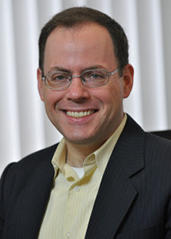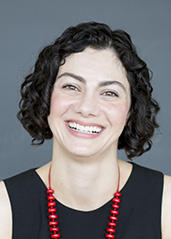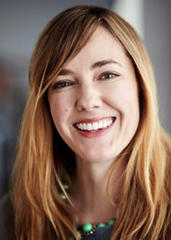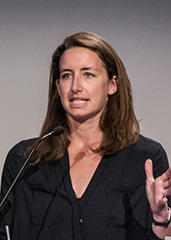Topics
- active learning (18)
- research assignments (6)
- libraries (1)
- literature-based learning (2)
- multimedia (5)
- museums (6)
- object learning (7)
- online learning (5)
- peer instruction (10)
- storytelling (2)
- learning management system (2)
- syllabus design (3)
- teaching empathy (3)
- teaching fellows (1)
- lecture (3)
- learning goals (8)
- assessment (6)
- data (3)
- backward design (3)
- blended approaches (12)
- case-based learning (8)
- classroom contracts (7)
- classrooms and space (3)
- collaborative learning (27)
- community events (1)
- course transformation (7)
- devices (3)
- learning by making (5)
- discussion (24)
- engaged scholarship (4)
- experiential learning (16)
- feedback (18)
- group work (8)
- guest speakers (7)
- interdisciplinary (6)
- leadership (3)
Send feedback
Subscribe
Copyright © 2024 The President and Fellows of Harvard College | Privacy | Accessibility | Digital Accessibility | Report Copyright Infringement


 Tyler Giannini and Susan Farbstein, Clinical Professors of Law, pull back the curtain on pedagogy for students in the seminar
Tyler Giannini and Susan Farbstein, Clinical Professors of Law, pull back the curtain on pedagogy for students in the seminar  Bethanne Altringer, Senior Preceptor in Innovation and Design and Director of the Desirability Lab, uses personalized approaches to students’ learning in courses like
Bethanne Altringer, Senior Preceptor in Innovation and Design and Director of the Desirability Lab, uses personalized approaches to students’ learning in courses like  In her
In her  Mark Mulligan, Associate Professor in Practice of Architecture, requires students in
Mark Mulligan, Associate Professor in Practice of Architecture, requires students in